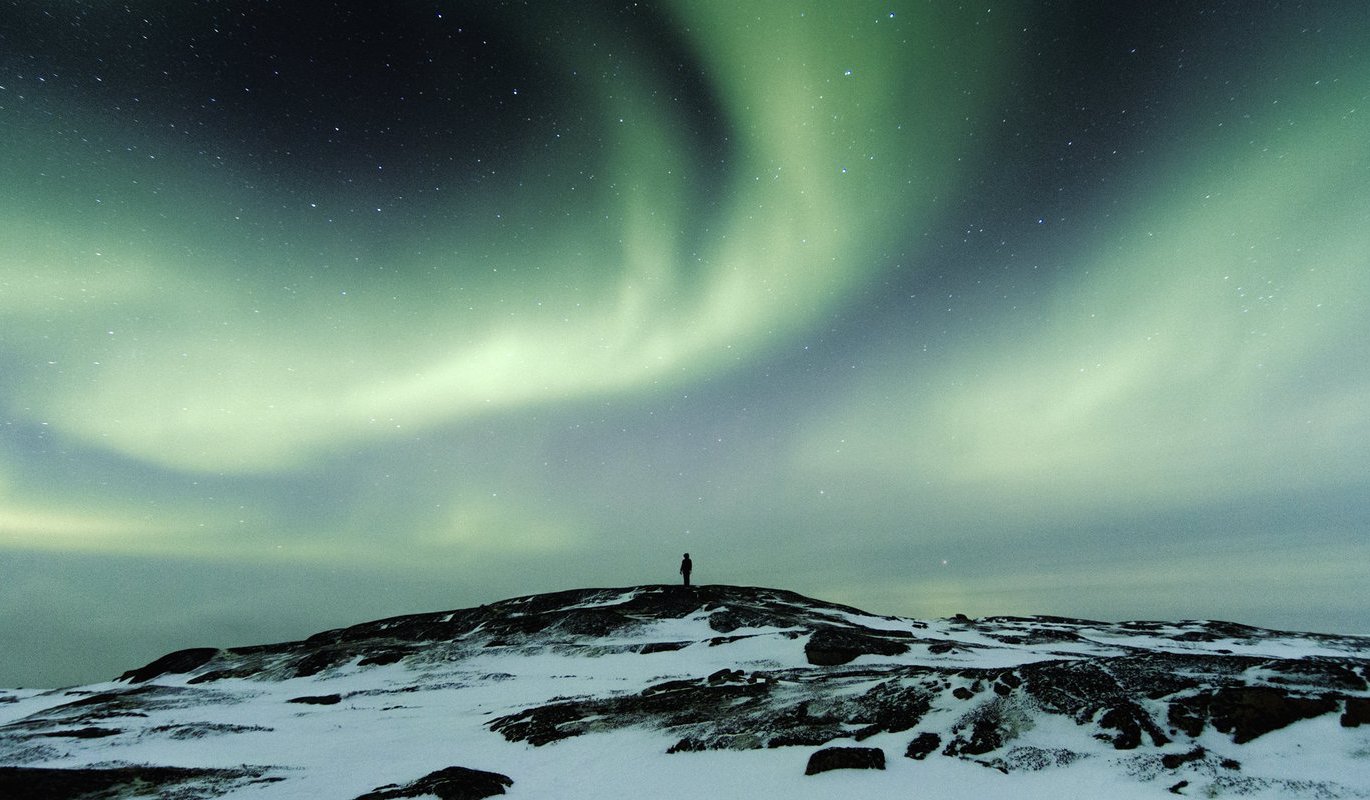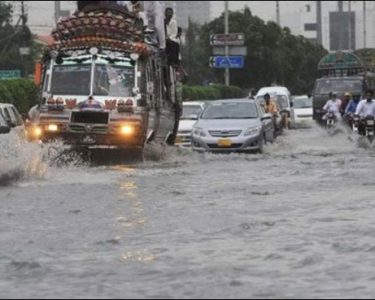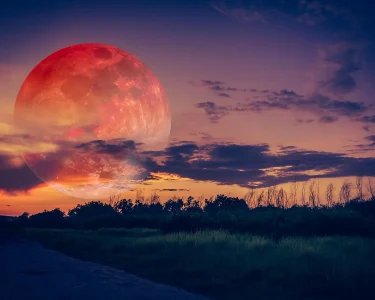Rare Opportunity to Witness the Northern Lights
The aurora borealis, also known as the northern lights, will make a rare appearance in the United States on the night of July 24, extending as far south as New York and Idaho. This spectacular light show is caused by a solar outburst that occurred on July 21. The National Oceanic and Atmospheric Administration (NOAA) reported a coronal mass ejection (CME), which is a large release of solar particles due to a disruption in the sun’s magnetic field. These particles are expected to reach Earth, potentially causing a geomagnetic storm that will make the aurora visible in areas much further south than usual.
Last Major Event
The last notable aurora event in the U.S. was in May, when nearly half the country witnessed the stunning lights for almost a week. This time, the northern lights will be visible in states from New York to Idaho, with good chances for viewing in Minnesota, North Dakota, Montana, Michigan, and Wisconsin. NOAA, however, cannot guarantee visibility in all these states, as it depends on the intensity of the geomagnetic storm and local weather conditions.
Understanding the Coronal Mass Ejection
The CME responsible for this event can be seen in a video on SpaceWeather.com, where it appears as a full-halo CME—an eruption from the sun that forms a ring around it. According to NOAA, the geomagnetic storm is expected to be a G2 level, which is moderate in strength. Unlike the G5 storm in May, which caused significant electrical disturbances, this event is not anticipated to cause major disruptions and poses no threat to human safety.
Best Viewing Conditions
For those eager to witness the aurora borealis, visibility will be best in rural areas far from city lights. Light pollution in urban and suburban areas can hinder visibility, so consider traveling to a darker location if possible. However, the weather also plays a crucial role, as cloudy conditions can obstruct the view. Those who are serious about catching the northern lights often travel to places like Alaska, northern Scandinavia, or northern Canada, where the phenomenon is more common.
Advice from Experts
Bill Murtagh, program coordinator at NOAA’s Space Weather Prediction Center, likens the experience of hunting for the aurora to fishing—it requires patience and timing. He suggests that those hoping to see the lights should prepare for a long wait, as there’s no specific time when the lights are guaranteed to appear. The key is to find a dark, clear night sky, away from city lights.
Conclusion
If you’re planning to try and see the aurora borealis, make sure to check local weather conditions and get away from any light pollution for the best experience.





